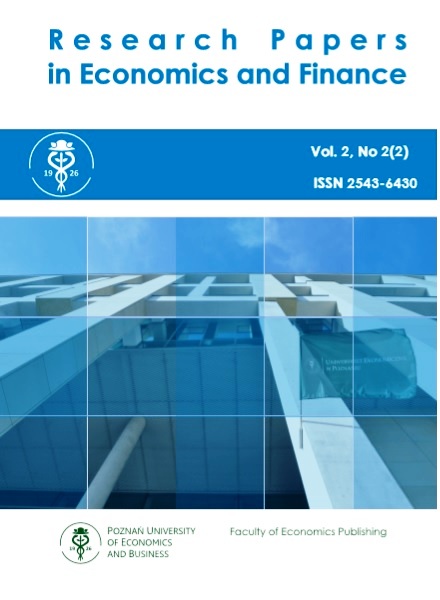Analysis of the EUR/USD exchange rate in binary-temporal representation
Analysis of the EUR/USD exchange rate in binary-temporal representation
Author(s): Michał Dominik StasiakSubject(s): Financial Markets
Published by: Wydział Ekonomii Uniwersytetu Ekonomicznego w Poznaniu
Keywords: foreign exchange market; high frequency econometrics; technical analysis; modeling of currency exchange rates
Summary/Abstract: An exchange rate between two currencies can be described in a binary representation. The binarization algorithm transforms the exchange rate represented by tick data into a binary string. Each course change equal to a given discretization unit is assigned a binary value indicating the direction of the change. The performed statistical analysis confirms the existence of a correlation between previous course changes and the probability of future direction of the changes. In order to conduct a more detailed analysis of the exchange rate in a binary representation, each shift in the trajectory can be assigned a parameter representing the duration of the change. Depending on the current market dynamics, course trajectory changes may occur at different moments in time. The main goal of the presented research is to verify the existence of any dependences between the duration of a change and the probability of future direction of the change.
Journal: Research Papers in Economics and Finance
- Issue Year: 2/2017
- Issue No: 2
- Page Range: 39-45
- Page Count: 7
- Language: English

